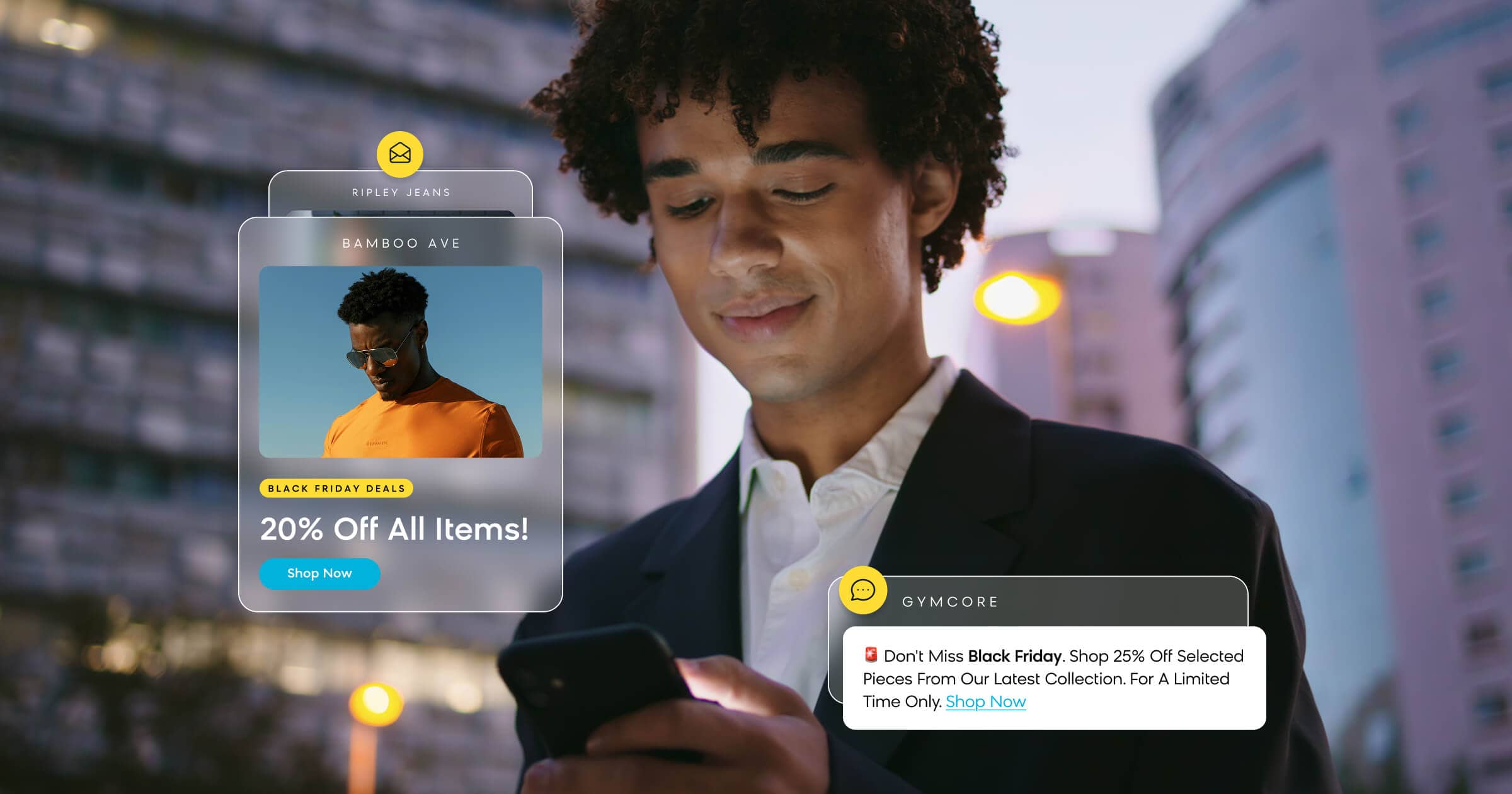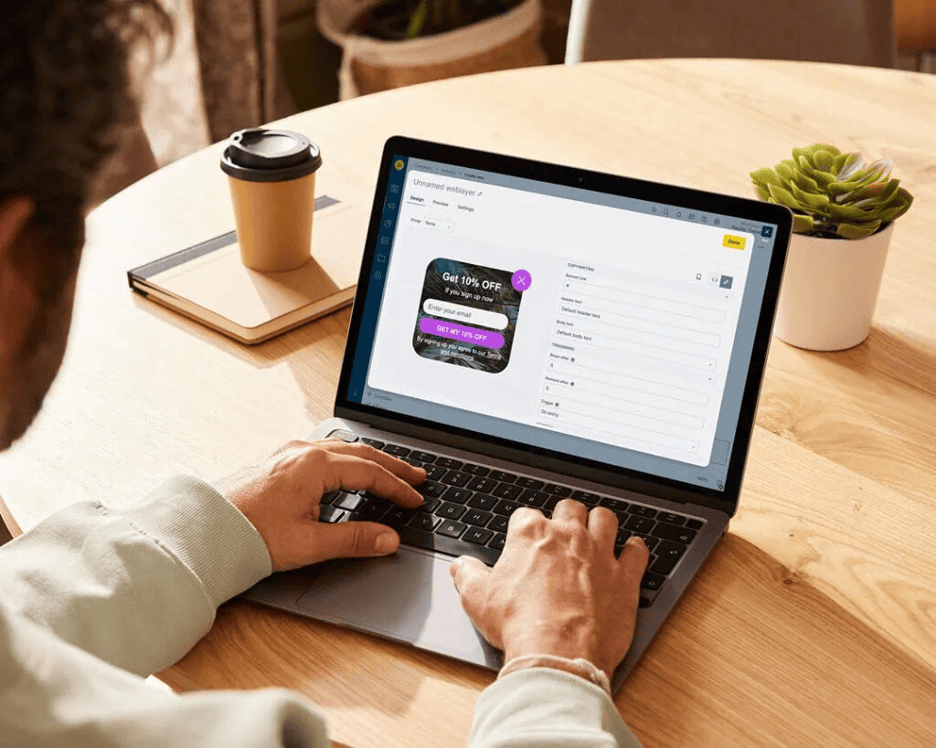Over two-thirds of “digital native” visitors — people born or brought up during the age of digital technology — now expect a personalized web experience. And that need for personalization extends across every device.
But it is hard to personalize for an audience that remains anonymous until they sign up for your offer or identify themselves with a login, which is most website or app visitors.
Today, BloomReach — a commerce personalization platform — has announced the strategic acquisition of web content management company Hippo, B.V. to help solve these problems.




